
In late September, a synchronized Russian attack integrated drones and ballistic missiles into one synchronised wave, overloading Ukraine’s multi-layered defenses and highlighting a fundamental weakness: the U.S.-built Patriot missile system, for years deemed the gold standard of ballistic missile defense, is now having trouble keeping pace with new Russian methods. Ukrainian Air Force spokesman Yuriy Ignat cautioned, “It is more challenging to counter missiles flying on a quasi-ballistic trajectory,” a trajectory that starts like a classic ballistic flight path but changes mid-course, making the Patriot’s automated targeting computers less effective.

1. Quasi-Ballistic Trajectories and Patriot Limitations
The Patriot PAC-3 MSE uses predictive software to determine points of interception on an incoming missile’s path. Quasi-ballistic trajectories, used by Russia’s Iskander-M and air-launched Kinzhal missiles, introduce unpredictable mid-flight maneuvering, making it more difficult to find out where an interceptor should strike or explode. Such maneuvers can include terminal dives or lateral displacement aimed at “confusing and avoiding” interceptors. The U.S. Defense Intelligence Agency attested that Ukraine “had difficulty consistently employing Patriot air defense systems to defend against Russian ballistic missiles” last April to June because of these advancements.
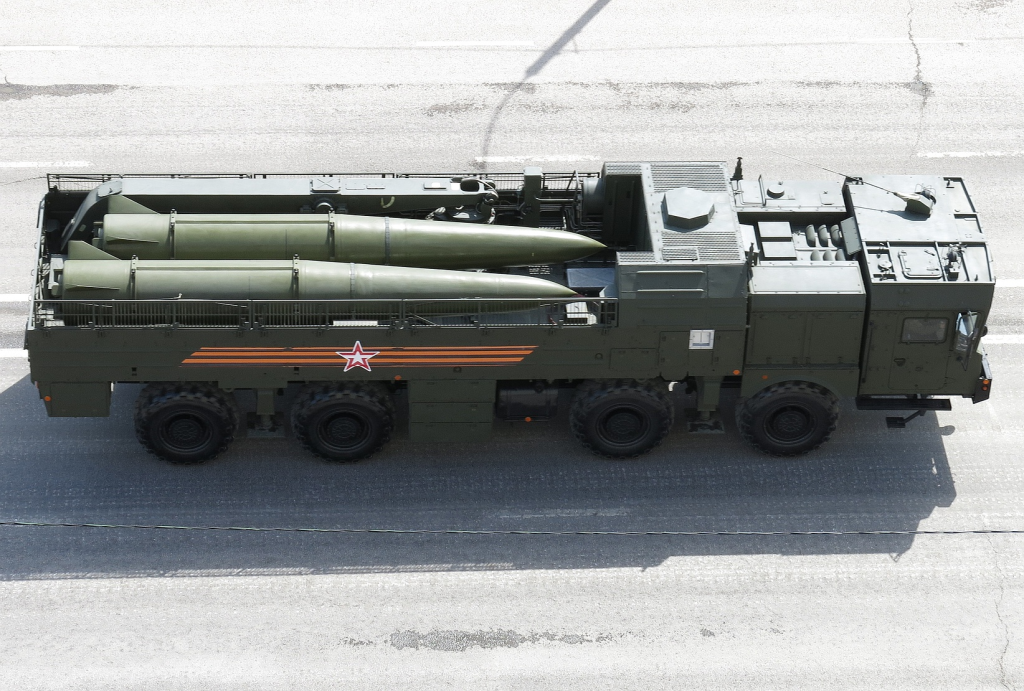
2. Advances in Russian Missile Engineering
The depressed quasi-ballistic flight path of the Iskander-M has, for some time now, been able to maneuver during flight, but recent upgrades have apparently added radar-decoy systems and larger maneuver envelopes. The Kinzhal, built from the Iskander-M, draws on this flexibility but gains with air-launch, increasing range and making interception geometry harder. North Korean-provided KN-23s, nearly indistinguishable from the Iskander-M, are capable of performing “pull-up” actions in terminal mode, further reducing interception likelihood. Lt. Gen. Kyrylo Budanov reported Russian collaboration with North Korea to enhance KN-23 precision, potentially being transferred to other missile classes.

3. Shortage of Patriot Systems and Interceptors
Ukraine has three US-provided Patriot batteries, two from Germany, one from Romania, and a German-Dutch composite battery. Each battery needs a constant flow of expensive interceptors, which are also in demand worldwide. Bottlenecks in manufacturing have caused deliveries to be delayed elsewhere, with Switzerland delaying its own purchase to allow Ukraine to go ahead. This shortage compels Ukraine to ration Patriot use, reserving it for high-priority ballistic threats and turning to other systems for drones and cruise missiles.

4. Layered Defense Under Stress
Ukraine’s air defense network integrates Soviet S-300V1 systems with Western systems such as NASAMS, IRIS-T SLM, and the Franco-Italian SAMP/T. But interoperability issues, maintenance complexity, and training requirements constrain efficiency. The International Institute for Strategic Studies cites that Russia’s strategy of concurrent launches of one-way-attack UAVs, cruise missiles, and ballistic missiles seeks to overwhelm defenses, drain ammunition, and reveal radar locations. This multi-vector pressure compels Ukraine to use costly interceptors against lower-cost threats when lower-level defenses are evaded.

5. Combat Data and Interception Rates
Operational experience demonstrates the increasing problem: on June 28, seven ballistic missiles were fired, with one intercepted; on July 9, a coordinated attack of 13 missiles resulted in seven intercepted or knocked down. These statistics underscore the way maneuvering flight paths and decoys decrease the Patriot’s rate of successful engagements. Although battlefield exposure enables defenders to hone techniques, it just as readily permits attackers to test and exploit vulnerabilities.
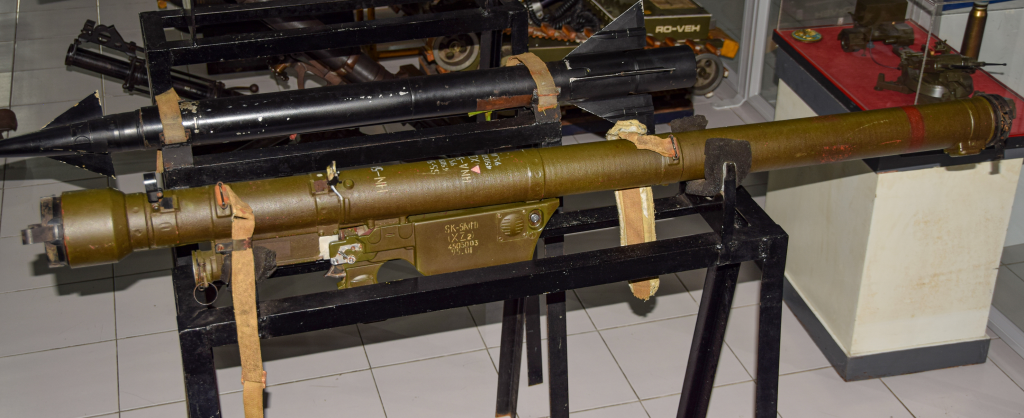
6. Technical Countermeasures and Future Needs
Analysts such as Anatoliy Khrapchynskyi promote a new design centered on dispersal, mobility, and multi-layered integration. This involves lower-tier air defenses such as anti-aircraft artillery and MANPADS for drones, mid-tier such as NASAMS against cruise missiles, and upper-tier assets such as Patriot PAC-3 MSE or THAAD for ballistic threats. Improved sensor fusion combining passive and active radars, acoustic arrays, and satellite imagery might provide “shoot-look-shoot” engagements, re-directing interceptors mid-course according to refreshed tracking.
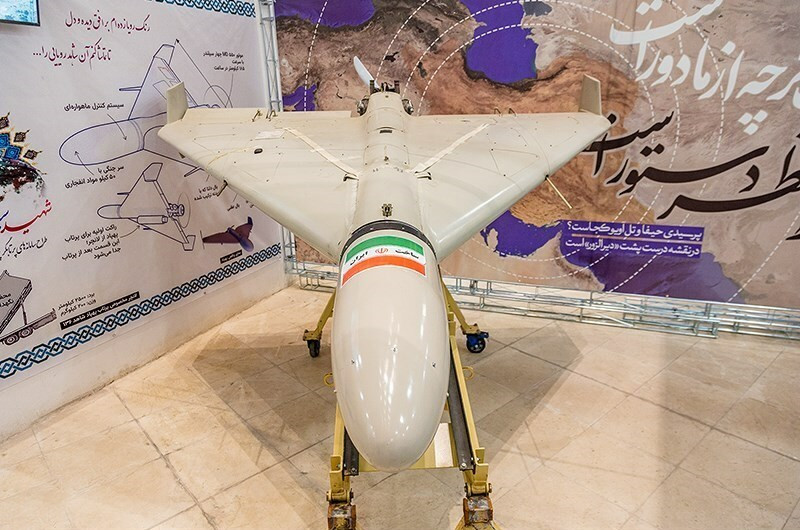
7. Economics of Interception
Russia’s ramping up of mass-producing inexpensive drones such as the Geran-2 (Shahed-136) testifies against the economic viability of applying Patriots to all threats. Khrapchynskyi emphasizes the necessity for cost-efficient solutions like interceptor drones, laser technology, and pulsed-power devices to save high-value interceptors for ballistic missions. Absent these, Ukraine faces depleting Patriot supplies in defending against less vital targets.
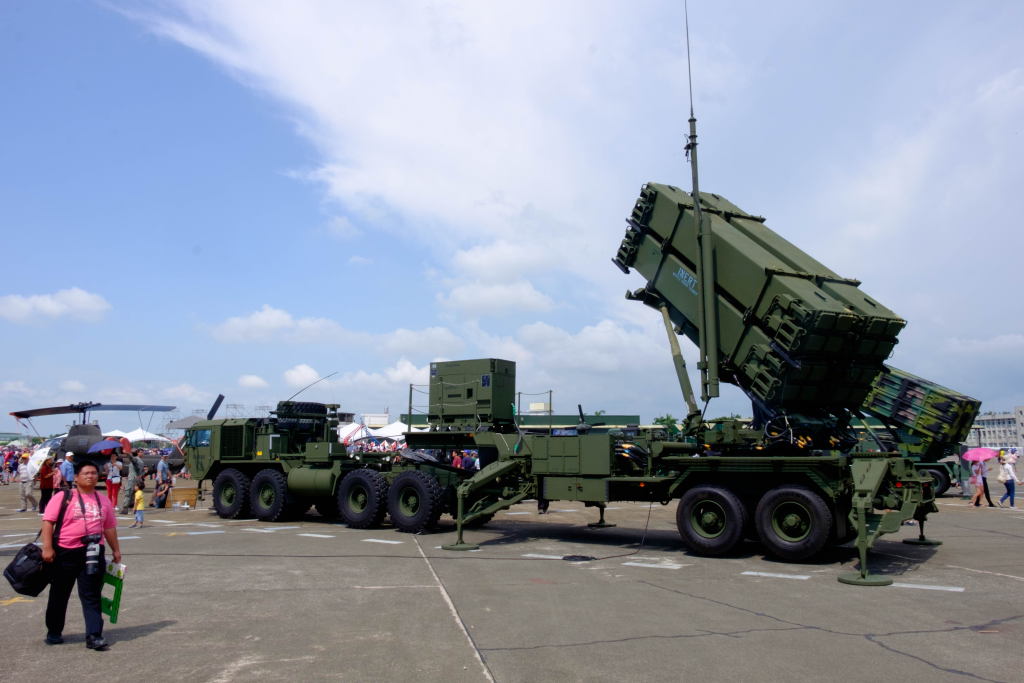
8. Strategic Risks Beyond Ukraine
The Patriot’s problems in Ukraine have wider implications for other operators, such as the U.S. Army, that intend to develop and modernize its Patriot force with new radars and interceptors. Continuous combat employment provides opponents multiple chances to glean intelligence on system capability, which is used to inform the design of subsequent missile threats. This behavior is identical to lessons drawn from U.S. operations against Iranian-backed Houthis, where repeated interactions enabled opponents to evolve.
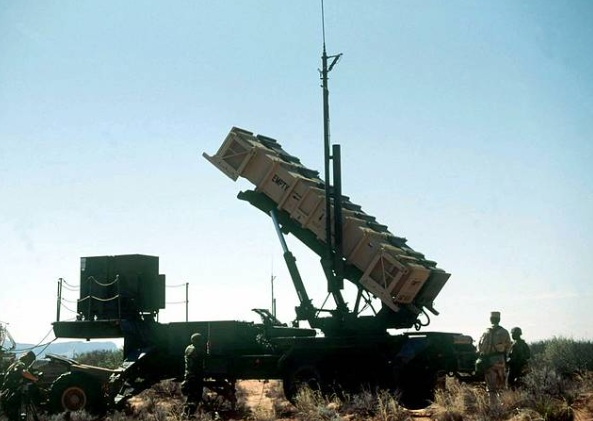
The changing competition between Russian missile technology and Western missile defense is now a challenge of the speed of adaptation. As Ignat warned, “When ballistic missiles are able to approach from various angles, no one system can detect all of them you require several systems, several radars, in order to encircle a city from several angles.” In the skies over Ukraine, it is no longer a game of range and speed it is a battle of wits in the milliseconds prior to impact.

